The world’s Top 10 Currencies
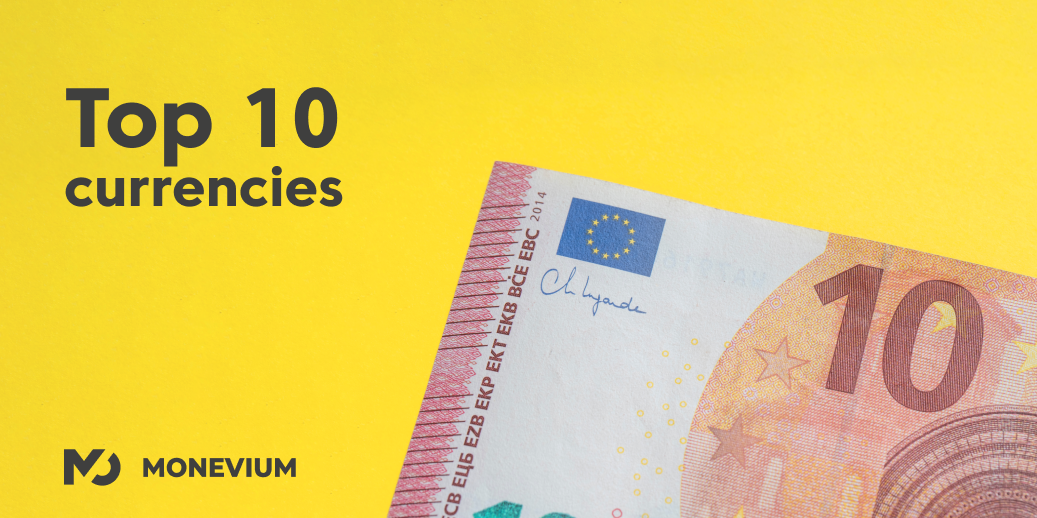
The world's Top 10 Currencies
Sovereign currencies, which are national currencies that are held either at the central bank or at payment institutions where deposits are 100% backed by central bank reserves, are as diverse in their value and purpose as the nations which issue them.
Perhaps over the past few years, the differential in value between the most commonly used currencies in the world has been in the public spotlight more than usual, largely because, like any financial instrument, the most used and most commonly traded currencies are often the least volatile.
For almost three decades, the currency markets have been considered to be very stagnant, giving rise to an overall notion that the 'major' currencies – those in which most of the world's foreign transactions are denominated – had not varied in value that much against each other.
Suddenly, in 2020, things changed.
The 'major currencies' are associated with developed regions of the world in which large financial centres exist and in which a long-standing, diversified industry base has contributed to a modern and comfortable way of life with low levels of corruption and a strong set of banking and financial market regulations.
These currencies are the British Pound, the US Dollar, the Euro, the Japanese Yen, the Swiss Franc, the New Zealand Dollar, the Canadian Dollar and the Australian Dollar.
Since 2020, when national governments instigated lockdowns against businesses and private individuals, global economics have been very different. Volatility suddenly returned to the major currencies, and the overall stability of their issuers came under the spotlight, however, volatility among other currencies which are not part of the major currency list has been very much noticeable for many decades.
These non-major currencies are called 'exotic' currencies and often are the sovereign currencies of either nation with emerging markets economies or of nations with undeveloped economies and no standing at all on the global financial and industrial world stage.
Here is a look at ten of the most interesting currencies in the world.
*All data is current as of June 8, 2023.
1. Chinese Yuan – The Rise of China
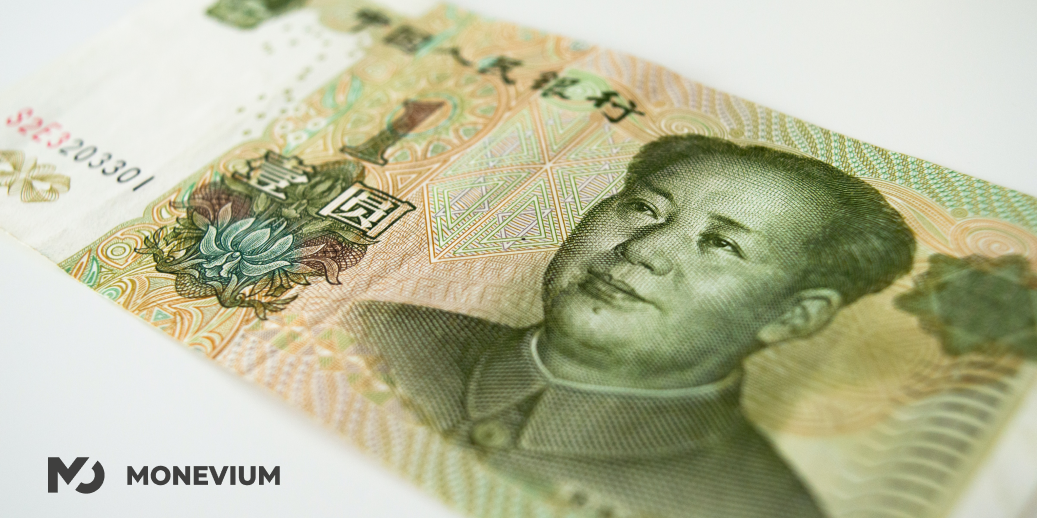
One force to be reckoned with over the past decade has been the Chinese Yuan. Unlike most other currencies that are issued by economically advanced countries, China's Yuan is issued by a communist state and therefore is subject to capital controls and is not widely exchangeable within mainland China however, its presence as the currency of the world's largest economy and most industrially capable nation on the planet has positioned it as a highly tradeable asset and the de-facto unit of settlement for the entire world's businesses when buying goods or outsourcing manufacturing to Chinese partners.
In 2015, the Yuan became tradeable in commercial environments for the very first time outside the borders of mainland China, as a settlement hub was established in Sydney, Australia, for making commercial foreign exchange settlements between other currencies and the Yuan, sparking a notion that the Yuan could possibly become a reserve currency one day, despite its issuer being a communist nation which would ordinarily be an immediate blocker.
The Hong Kong-issued international Yuan gave Chinese businesses an advantage by being able to settle in a special version of the Yuan via free-market banks in Hong Kong, which also alluded to the increase in global significance of the Yuan.
Today, China's industrial powerhouse is still very much at the centre of global manufacturing in all sectors; hence the Yuan is an everyday unit of importance for most executives of large corporations worldwide.
2. British Pound Sterling – Keep Calm and Carry On
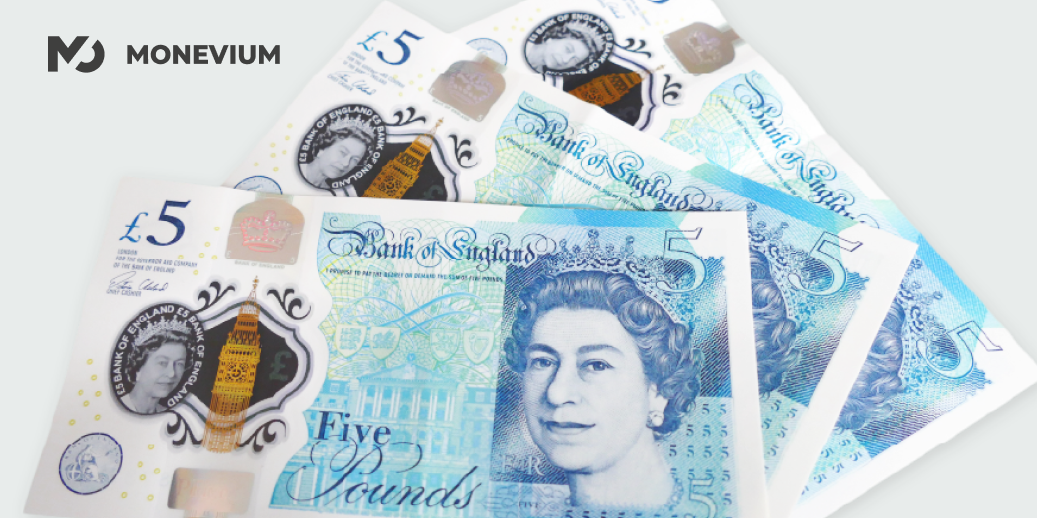
There is a long-standing cultural expectation within British society to maintain what is known as a 'stiff upper lip' when facing periods of adversity or when times are good.
The 'stiff upper lip' refers to not making public displays of reaction to either good or bad circumstances, and over the past year, the British Pound can be considered to have been the monetary equivalent of the stiff upper lip and, therefore, very much in keeping with its quintessentially British character.
Britain had for almost 50 years been part of the European economic community, having joined via a trade agreement in 1973 and then, much later on, becoming a member state of the European Union.
During its membership in the European Union, which ended recently as the country became once again its own independent state as a result of what is known as 'Brexit', Britain's exit from the European Union, Britain kept its own monetary unit, the British Pound, and did not adopt the Euro despite meeting all of the criteria to be able to do so.
The British Pound has, for several decades, been the most valuable currency in the world, an accolade that It still carries today however, over the past year, especially during the latter part of 2022, the Pound experienced a long, steady decline in value to the extent where many economists began to consider whether it would retain its position as the strongest sovereign currency on earth.
It did however, and the value of the Pound against its main peers – the Euro and US Dollar – has been climbing once again, and throughout the period of decline, the British workforce kept calm and carried on, as per the well-known post-industrial revolution British adage.
Britain's economy is still in relatively good shape despite the challenges created by Brexit, which caused more bureaucracy and cost when doing business with European neighbours, and despite former prime minister Boris Johnson and his cabinet's almost two-year interest in lockdowns.
Inflation rose to over 10%, and interest rates reached 4% by January 2023, but the Pound is soldiering on and is regaining its position well.
3. The Russian Ruble
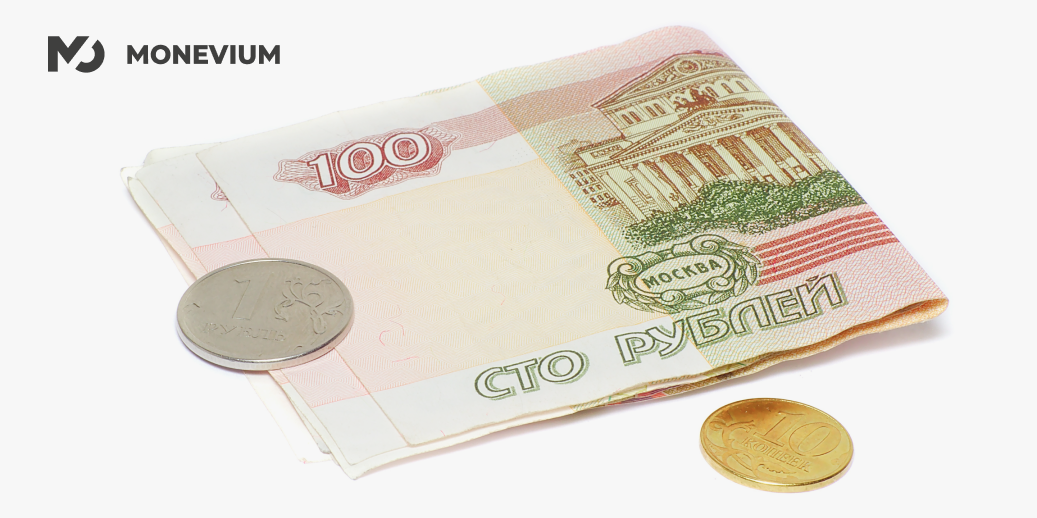
In the early 1970s, the United States Federal Reserve Bank made the decision to abolish what was known as the 'Gold Standard'. The Gold Standard was by which the value of the United States dollar was defined in terms of gold, for which the currency could be exchanged.
Since then, the majority of commonly used sovereign currencies have not been backed by any form of a commodity at all and, therefore, could be easily devalued when an economic downturn occurred due to the practice of printing more money and circulating it, as the only physical value of the currency would be the paper it is made from.
As the markets remained relatively stable in major financial capitals around the world for a few decades, this was not a grave concern; however, very recently, pegging currencies to raw material commodities began to make a sudden comeback.
Last year, many European and North American national governments began to implement trade sanctions on Russian businesses and on Russian citizens. Some of these sanctions involved the freezing of bank accounts held in Europe or North America by Russian companies.
By 2020, according to Eurostat, imports from Russia made up 39% of the gas used in the EU, 23% of oil imports and 46% of coal imports.
The supply of oil, gas and coal to Europe is conducted as a raw material consumable commodity, and the delivery of these energy products had been for many years settled in Euros into bank accounts held by Russian energy giants such as Gazprom and Lukoil in European banks.
The funds would then be withdrawn every month and transferred to the energy suppliers' main accounts in Moscow and exchanged into Rubles in the process, with the oil companies paying the foreign exchange fees and spread.
Due to the sanctions that were imposed in 2022, however, it became impossible for the raw material energy suppliers to withdraw their money from European bank accounts held in their name, so the Russian government, which owns most of the country's energy-producing infrastructure, stated that European customers either pay the funds directly into a Ruble-denominated bank account in Moscow or have their supply of oil and gas terminated because the oil and gas companies would not be able to access the funds that pay for it.
The result: For over six months in 2022, the ruble was the best-performing currency in the world. People began talking about the 'petro-ruble' instead of the 'petro-dollar'.
This demonstrates the value of backing a currency with commodities.
4. Switzerland – The World's Vault. Swiss Franc
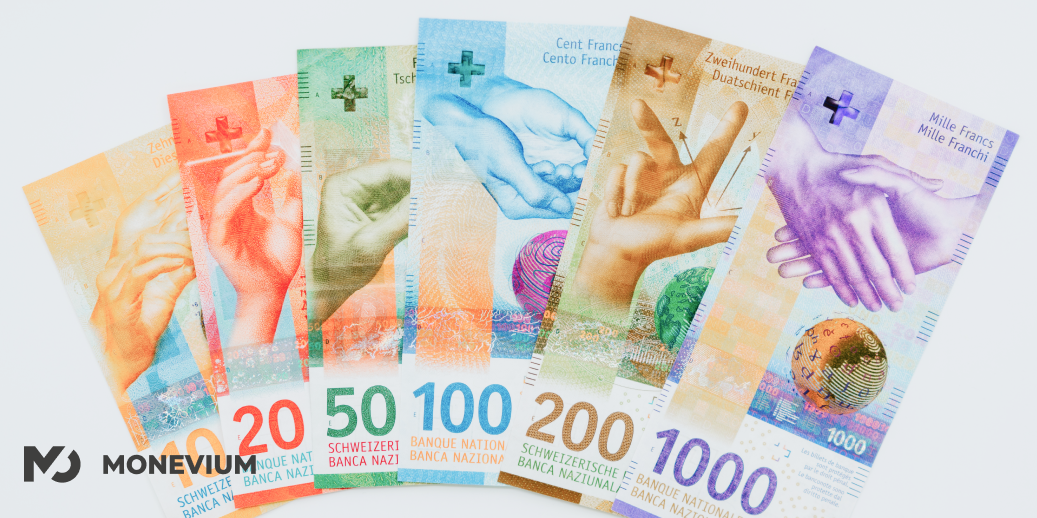
Switzerland, one of the world's most beautiful countries, with a lifestyle that puts it right at the very top of the list of the best places on the planet in which to live, has a very interesting and unusual fiscal and political structure.
It has no official capital city and no central government, instead operating 22 'Cantons', which are semi-autonomous local councils which oversee each region of the country separately, and to make things even more unusual, the country's central bank is actually privately owned.
The Swiss National Bank, which is the country's central bank and issuer of the national currency, the Franc, is able to make decisions privately, as came to high-profile public discourse in 2015 when the owners of the national bank suddenly cancelled the peg between the Franc and Euro without any prior warning, leading to an unprecedented 'black swan' event in which huge volatility in the markets occurred and caused many banks to lose a fortune, with some trading desks actually getting so far into negative client balances that they went bankrupt.
There were no repercussions at all for the Swiss National Bank, which was entitled to do exactly as it wished.
Switzerland is renowned worldwide for selling totally unquestionable security, in which any person or business that entrusts its assets to the Swiss banking system is absolutely guaranteed anonymity, security and insurance against any form of loss or sanction.
It is a global economic powerhouse and, for a nation of only just over 11 million people, is an international and multicultural centre for business spanning the length and breadth of the globe.
The Franc, therefore, is as much of an economic linchpin and a decider of global policy as the entire financial system itself.
5. Brasilian Real – Building a BRICS and mortar economy

It is not often that anyone with any amount of financial markets acumen considers a nation in South America to be worthy of consideration when the currency markets are concerned.
Most industrialised nations in South America have undergone almost 80 years of economic catastrophe, rolling from one coup to another, resulting in huge losses for the population.
To put this into context, Argentina, the second-largest economy in the continent, has an inflation rate of 202% and has been home to a turmoil-led economy since the days of Juan Peron.
Brazil, however, is the exception. The Portuguese-speaking multicultural nation has a very industrious workforce and a well-developed economy which produces everything from raw materials such as wood and metal to automobiles and high-technology components.
It is a global food provider and has a massive export market for an entire range of consumable and durable products, and has long had peace with all nations worldwide.
Brazil is part of the BRICS (Brasil, India, China and South Africa) bloc of trading entities and is a rapidly emerging economy whose currency – the Real - has been doing very well over the last decade.
Against the British Pound, the Brasilian Real is very stable and has been at around the 6.3 mark for some time, marking it out as the only South American currency with any credibility on the world stage.
Given the country's manufacturing output and good business relations with every nation globally, the Real offers a vantage point for businesses entering South America from Europe or North America as well as Southeast Asia, India and Africa.
6. Indian Rupee – Subcontinental strength
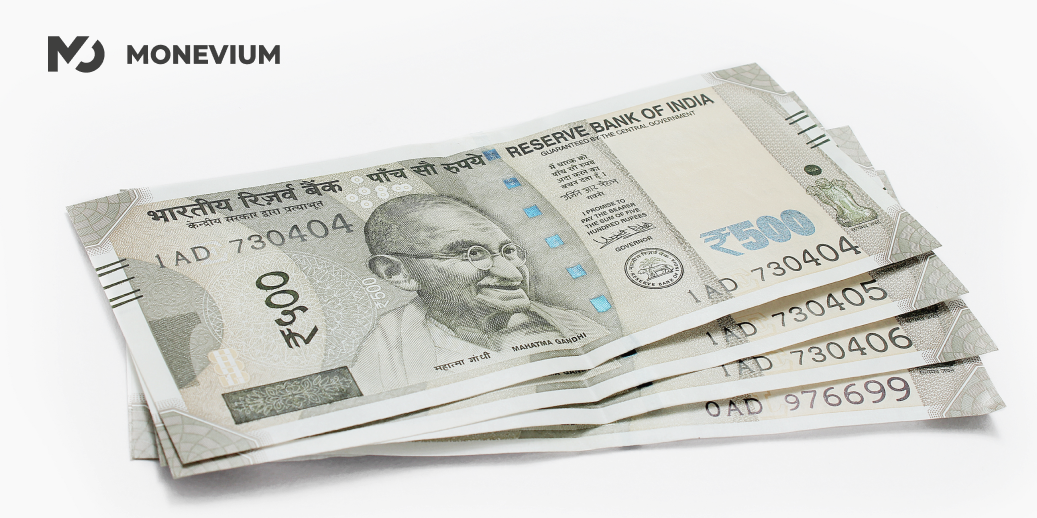
For anyone who has recently visited India for the first time in 20 years, it would be immediately apparent that it is not the same country as it was two decades ago.
India's economic rise to fortune has happened very quickly and has enabled over 400 million of its citizens to now consider themselves middle class.
Of these 400 million, many are young, highly educated and have very good careers in medicine, high technology and scientific research, as well as consultancy and global corporate strategy. HCS, TATA and Infosys are some of the biggest business and project consultancies in the world, for example.
India's economy is now the second largest on earth, and it's a democratic nation with a massive 'open for business' sign over its vast and magnificent landscape.
India's economy is important to many Western countries as trade agreements are often large and run into the multi-billion-dollar range. Additionally, Indian companies have been acquiring Western giants for a good few years now.
Want to know what the most traded contract is on the Dubai Gold and Commodities Exchange? That's right; it's the Indian Rupee futures contract by a very long way!
7. US Dollar – The American Reality
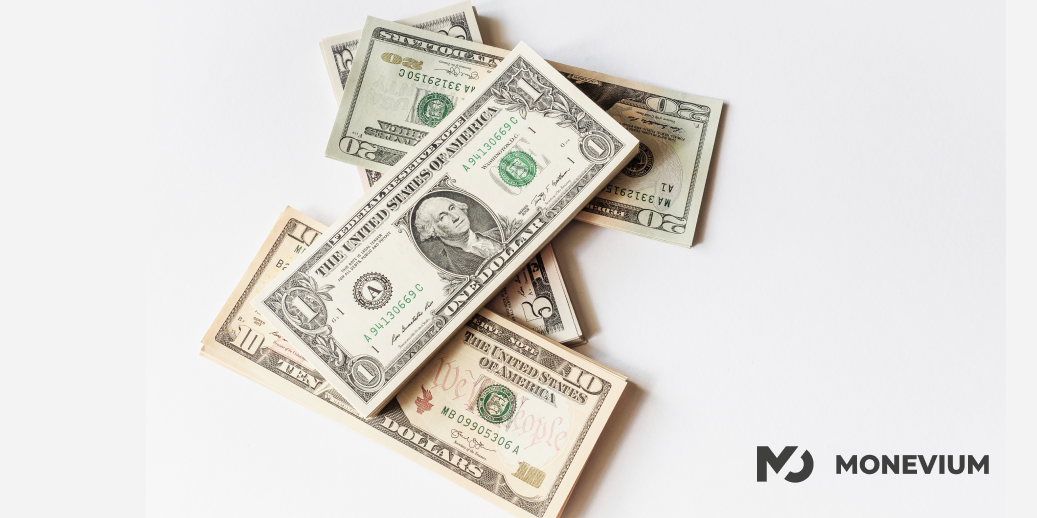
It may be a popular view that America is a nation whose economy is in decline, and that is a debatable matter that divides opinion into all areas of analysis, inside and outside of the United States' national borders.
Regardless of which camp anyone stands in, the US Dollar is still very much a reference point for international trade.
Almost everywhere in the world, prices for every item or service are measured in US Dollars. All companies manufacturing goods anywhere in the world consider their market prices in US Dollars.
The US Dollar is the currency equivalent of a McDonald's Big Mac. Far from nourishing or satisfying, but a recognisable unit that gives the same reference point for absolutely everything, everywhere in the world.
The US Dollar has been performing very well over the past year, despite the perceived woes that the US economy has been facing, including tremendous debt, lockdowns, and an industrial onslaught from the Far East with which its own domestic manufacturing sector struggles to keep pace with.
There may well be no gold standard anymore, and the American Dream may well be made in China these days, but the US Dollar is still the currency that everyone, everywhere, thinks of when the cost of anything, anywhere, is concerned.
8. Japanese Yen for Longevity
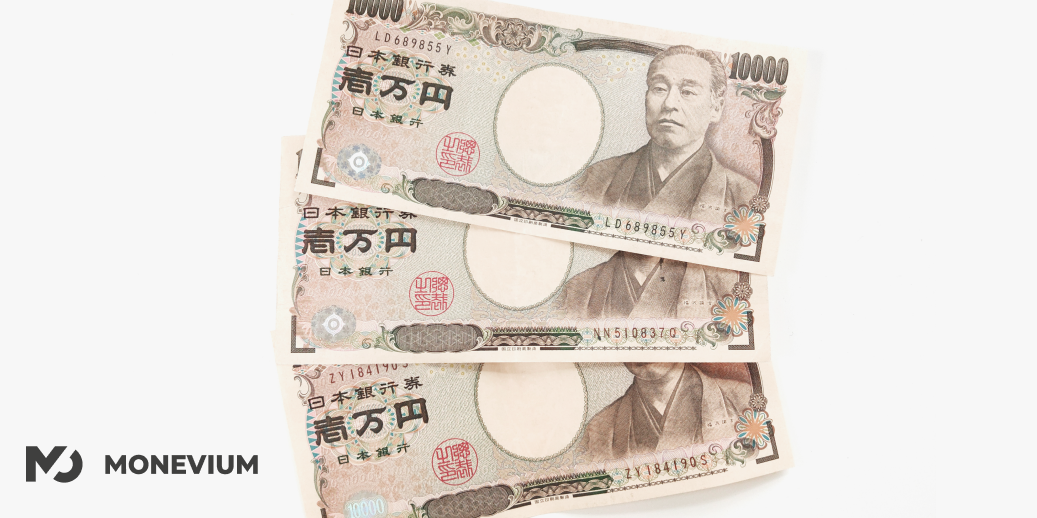
Japan's economy has faced some incredible challenges over the past few years. The country's enviable legacy as a post-war technological tour de force appeared unstoppable, and anyone who grew up in the 1980s in Europe, North America or Australia will have fond memories of utterly reliable Japanese cars bristling with new technology suddenly trouncing the home-grown efforts, and of personal audio devices with names such as Sony, Panasonic, and Aiwa.
This may have been a novelty 40 years ago, but today it's a reality. Quality, reliability and technological sensibility is now thoroughly associated with all things Japanese.
Japanese cultural sophistication has also made its mark across the West, with sushi now one of the most popular cuisines in America, Australia and the United Kingdom.
Unfortunately, despite all of that incredible effort and painstaking attention to detail, Japan's domestic economy has been suffering for over five years now. A demographic problem involving fewer young people than the elderly, more loan defaults echoing the period between 1991 and 2001 in which Japan's economy entered a deep recession where GDP declined, and borrowers became insolvent.
Back then, big banks failed, including the Hokkaido Takushoku Bank, the Long-Term Credit Bank of Japan, and Nippon Credit Bank.
Japan is a conservative society, and change in policy is a rare occurrence; hence similar issues are now surfacing.
The Yen dropped massively in value over recent years but is beginning to bounce back.
Competition from China and other South East Asian countries has not helped Japan's global technology export business, but the Yen is still a major currency, so faith in the overall long-term position of Japan's economy by global stakeholders is far from lost.
9. Euro – Old Continent, New Money

It may appear a bit obvious, but the European continent, with its 2,000 years of civilised society and hundreds of years of institutional stability, is very much at the top of the tree when it comes to long-term reference points.
There is no doubt that the last few years have been hard for many businesses and individuals across Europe, but it is such an established group of nations that it will take more than a few supply chain issues and energy price rises to deal with much of a blow to it.
Such a region of global stability and cultural traditions which shaped the modern world was further united when the Euro currency came into effect just over 20 years ago.
Its prominence as a monetary unit is more to do with uniting these nations fiscally than the performance of the Euro as an instrument. The Euro is the second most important currency in the world, and its strong international role can shield the world's economy and financial system from foreign exchange shocks, reduce reliance on other currencies and ensure lower costs for EU firms.
It also has given rise to an international payment infrastructure called SEPA – The Single Euro Payments Area, meaning that payments can be made across European Union member states and some non-member states within the European continent with funds arriving within 24 hours and at no cost, with no foreign exchange rate differences too.
The Euro, therefore, performs a similar role to the US Dollar as a single-value reference point for transactions everywhere in the world and unites all businesses and nations across a continent of importance.
It is hard to imagine having to change money to go 10 kilometres across a border to another European nation and tolerate the costs involved in that, or for a shop owner to take a debit card payment from a customer who lives a short distance across a national border and for both parties to be hit with exchange fees and spread just for buying a soft drink.
10. Australian Dollar – Dollars Down Under
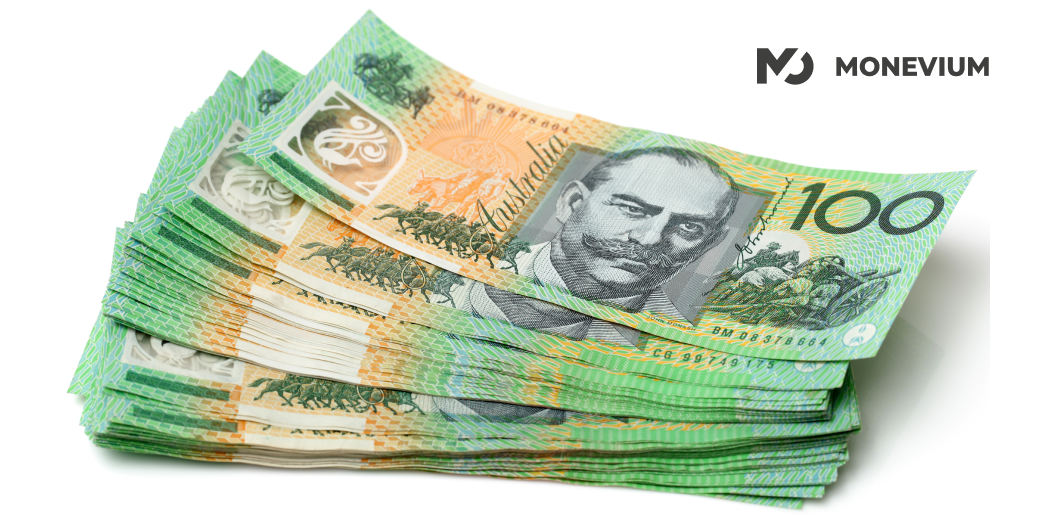
Australia may well have been subjected to some of the harshest restrictions on personal movement between 2020 and 2021, a move which did tremendous damage to the national economy and to the ideology that Australia is a freedom-loving nation where people can seek their fortune without overreach however, despite the sudden display of pseudo-authoritarianism, the Australian economy is back on track.
The importance of the country's national currency, the Australian Dollar, is related to the country's geography, geology, and government policy. Australia is one of the richest countries in the world in terms of natural wealth, including metals, steel, gems, meat, and fur. It also exerts a powerful influence on nearby regions, and perhaps most importantly of all, China is its main trading partner.
Almost 30% of the urban population of Australia has its origins in South East Asia, and the country is regarded as a Western environment located on the doorstep of major Asia-Pacific countries such as South Korea, Malaysia, Japan, Hong Kong, Singapore and of course, mainland China itself.
Australia's status as a mining capital means that its commodity markets are very strong and have been for over 100 years therefore, the exchange-traded financial system is one of the most important in the world, further strengthening export market settlements in the Australian Dollar.
In conclusion, the world's top 10 currencies play a crucial role in the global economy, reflecting the economic strength and stability of their respective countries. From the dominant position of the United States dollar to the rise of the Chinese Yuan and the stability of the Eurozone, these currencies shape international trade, investment, and financial transactions. While factors such as political stability, economic performance, and central bank policies influence their rankings, the evolving landscape of global currencies underscores the dynamic nature of the financial system. As the world continues to witness economic shifts and geopolitical changes, it is essential to closely monitor these currencies' performance and their impact on the global market.
FAQ
1. Which currency is the strongest in the world?
The Chinese Yuan is considered one of the strongest currencies in the world due to China's position as the largest economy and a major global trade hub. Although subject to capital controls and limited convertibility within mainland China, the Yuan is widely used in international trade settlements and has the potential to become a reserve currency in the future.
2. Why is the dollar the most powerful currency?
The US Dollar is often regarded as the most powerful currency due to its widespread use in international trade, investment and as a global reserve currency. The stability of the US economy, the dominance of US financial markets, and the acceptance of the dollar by many countries contribute to its strength.
3. What is the most expensive currency?
The most expensive currency in terms of exchange rate value is the Kuwaiti Dinar (KWD). It has a high value compared to other currencies due to Kuwait's significant oil reserves and stable economy. However, it's important to note that exchange rates fluctuate, and the value of a currency can change over time.
4. Why is the Pound stronger than the dollar?
The Pound is stronger than the dollar in some periods due to various factors such as economic performance, interest rates, and market confidence. Factors like Brexit uncertainty, economic indicators, and monetary policies can influence the relative strength of the Pound against the dollar.
5. Why is the Jordanian dinar so strong?
The strength of the Jordanian dinar can be attributed to several factors. First, Jordan has a relatively stable political environment compared to other countries in the region, which fosters investor confidence. Second, the Central Bank of Jordan has implemented prudent monetary policies to control inflation and maintain the stability of the currency. Additionally, Jordan has received significant financial assistance and aid from international organisations and countries, which has helped bolster its foreign reserves and support the dinar's strength.
6. What is the weakest currency in the world?
The weakest currency in the world can vary over time due to economic conditions and other factors. However, some examples of historically weak currencies include the Iranian Rial, the Venezuelan Bolívar, and the Indonesian Rupiah. These currencies have faced significant depreciation and high inflation rates.
7. Which currency to buy now?
Determining which currency to buy depends on various factors, such as your investment goals, risk tolerance, and market analysis. It's advisable to consult with a financial advisor or conduct thorough research before making any investment decisions, as currency markets can be volatile and unpredictable.
Monevium is the Trading Name of Advanced Wallet Solutions Limited, a company registered in the UK under company number 10251711 and is regulated by the UK’s Financial Conduct Authority under Firm Reference Number 766038.
Open Monevium Account in Minutes
The future of money management is only a few clicks away. Apply here to have complete control over your money.


